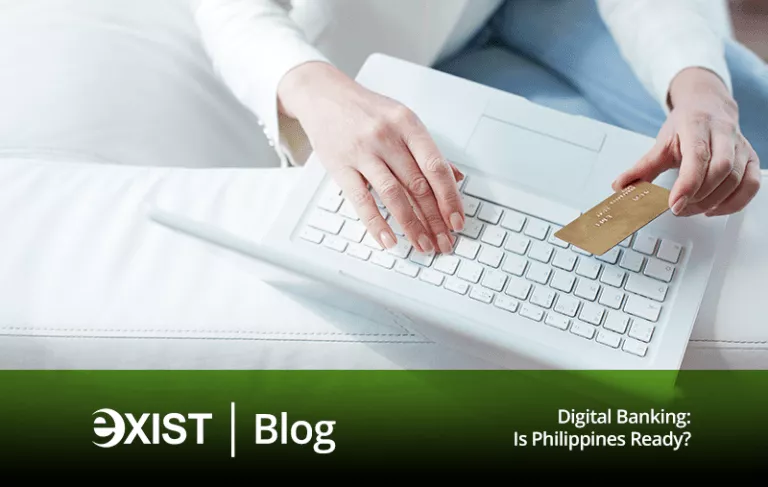Digital Banking is not news to the banking and finance industry in the Philippines. However, the industry has been in wait-and-see mode when it comes to adopting the concept. Furthermore, Decision-makers in the field are indecisive about taking the risk of diverting a larger portion of their investments to this.
Innovators, nonetheless, see the market’s promise. Ere the outrage of COVID19, actors intend to push this innovation and establish a position in the Philippine market.
In an interview with the CIMB Bank Philippines CEO Vijay Manoharan last January 2019, he took a solid stance on whether or not the country is ready for digital banking.
“This market is poised for digital transformation. It is great because the population is young. We got smartphone adoption and mobile banking penetration that are encouraging and growing rapidly. The consumers are ready. Consumers are looking for a digital banking solution. Coupled with a great regulatory framework, that will encourage digital adoption in banking.
All these key pillars or indicators led us to believe that it is the right time to do something like this in the Philippines.”
In addition to this, the country also has a significantly large populace of unbanked individuals.
Congruent to what Mr. Manoharan said, the Philippine market is at its fruition to surf the tides of digital banking technology. The number of users has grown to millions in only a year.
How does the country forward digital banking locally?
Currently, the Philippines is on its way to becoming the next country to issue digital banking licenses. This regulation is part of Bangko Sentral ng Pilipinas’s three-year digital payments transformation roadmap, which seeks to promote financial inclusion.
BSP has initially set a goal to increase the share of electronic payments to 20 percent of total payment transactions in the country by 2020. According to BSP Governor Benjamin Diokno, the quarantine measure implemented throughout the Philippines boosted the realization of this goal.
There certainly has been a sharp decline in physical transactions. Subsequently, the surge in electronic banking activities changed the initial goal to about 50 percent of total transactions by 2023.
The tremendous market potential, combined with the local regulations, makes the path towards digital transformation in banking a lot smoother.
Going digital is always a user’s option.
The ascendance of digital banking into the limelight nowadays became an avenue for redefining the industry’s focus. Therefore, whether the country is ready for this or not is no longer a hanging question.
Digital banking’s viability can withstand and sustain the post-pandemic financial ecosystem. For banking and finance tycoons, it is a race. Tapping the market with this technology’s interoperability is the goal.




